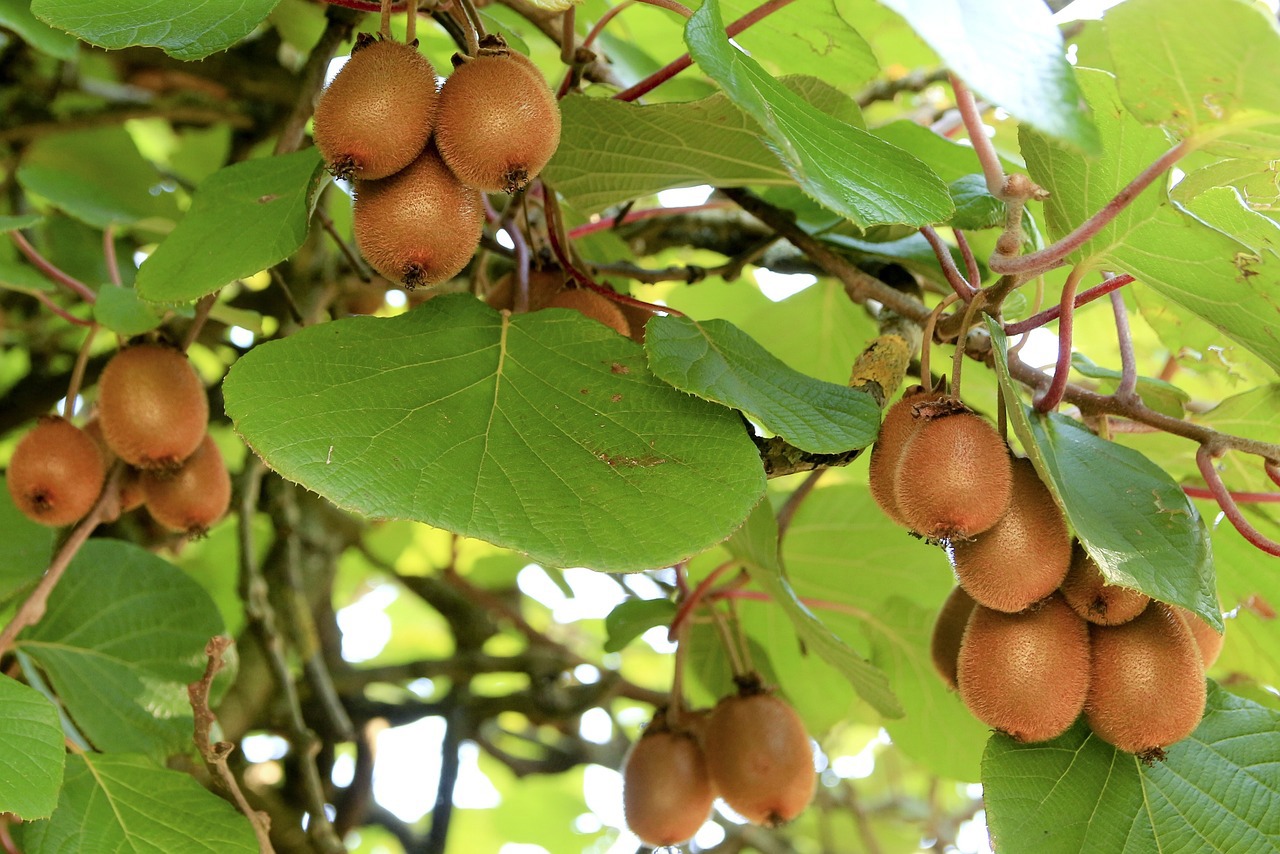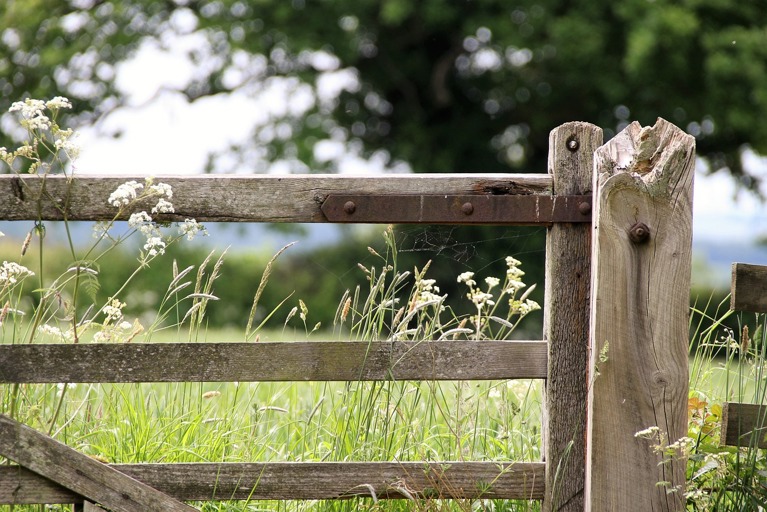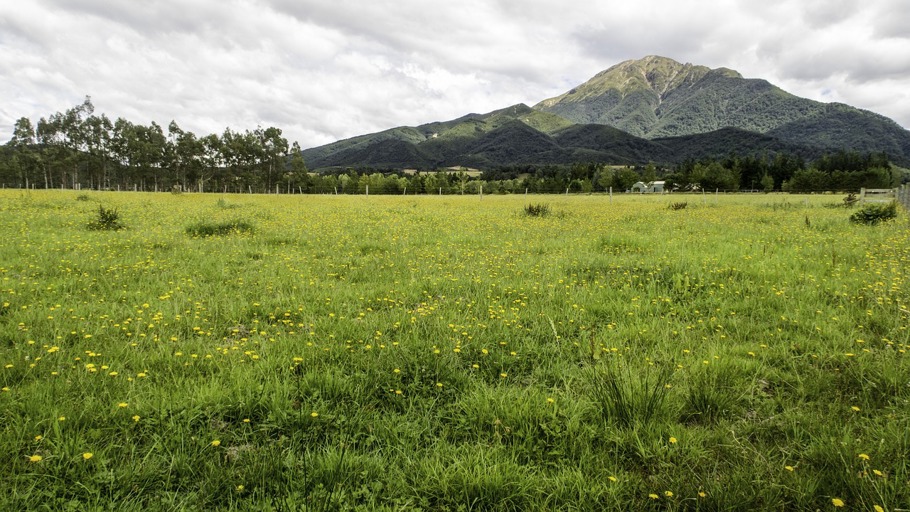Biosecurity tech stack: Safeguarding our $100B target
How to advance biosecurity resilience in the world of agriculture.
Biosecurity
Compliance

As the Australian agriculture sector gears up to reach its target $100b annual farmgate output by 2030, a lot of things need to go right, and great systems need to be in place to mitigate the impact when things don’t go to plan.
There are few things that could derail the $100b farmgate output target like a serious biosecurity incursion. As trade and travel ramp up and the climate changes, new pests and diseases are constantly threatening our farmers and growers. The great news is, advances in technology are changing the possibilities for biosecurity and have the potential to drive a greater level of resilience in the agri sector than has been possible in the past.
Forming the farm tech stack
In a software company, you talk about your ‘tech stack’ – the various pieces of technology that are stitched together to make your product or application work.
At Onside, we have dozens of different pieces of technology operating in unison to make our product work. Agricultural businesses are becoming the same.
More and more, farmers and growers need various essential technologies to efficiently operate their business. These range from accounting systems to timesheeting to payroll to compliance systems to any number of different services necessary to keep the finger on the pulse of the operation. These form the farm’s ‘tech stack’.
At Onside, we are focused on developing a piece of that stack, called Onside Intelligence – technology that supports people hard at work managing biosecurity. Onside Intelligence looks specifically at networks of rural properties and uses tracing data from Onside’s app and other sources to map out how the agri sector is connected.
The old adage that there are six degrees of separation connecting the entire world, is more like three steps in the agricultural sector. This has implications for how quickly pests and disease can spread.
However, if a network can be mapped, it can be analysed to determine precisely where monitoring should be implemented.
This helps the industry:
-
Prepare for new incursions,
-
Limit network wide spread if there is an incursion,
-
Compartmentalise networks so people can continue to operate during a response, and
-
Demonstrate freedom of disease to help open markets back up and get back to business as usual.
Using the latest technology, all this can be done in a way that maximises impact and minimises cost. And Onside is just one piece of the puzzle. There are other great companies innovating with sensing technology, biotech, machine vision, predictive models to name a few.
Breaking down silos to optimise biosecurity preparedness and response
Beyond technology, another opportunity to improve biosecurity systems is for regulators to structure operations in an increasingly biological way.
Often biosecurity initiatives are driven and organised at an industry, regional or state level based on who the various entities represent, which is understandable. However, to optimise preparedness and response, these silos can’t exist.
Consider preparedness for Brown Marmorated Stink Bug in the New Zealand horticulture sector. Our data shows that to best protect the kiwifruit sector, the optimal properties to monitor aren’t just kiwifruit orchards. There are orchards in other sectors that are connected to the kiwifruit sector that should be prioritised – and vice versa.
These insights can’t be gained if sectors are considered in isolation. Ideally, networks are constructed on a biological basis relative to the pest or disease in question. The same principles apply to preparing for Foot and Mouth, Xylella and many other high impact exotic diseases.
In the near future, various pieces of technology will be stitched together and leverage each other to form the biosecurity ‘tech stack’. This is when the real magic will happen.
It will require a bunch of great companies, industry organisations and government entities to work closely together in a coordinated way. The exciting thing is, much of the technology already exists and is rapidly improving.
Australia’s $100bn farmgate target needs strong biosecurity to be realised by 2030. Harnessing the right mix of technology and operational practices will help ensure we get there.
Byline
Ryan Higgs, Co-Founder & CEO at Onside
This article was written ahead of evokeAG event, 21-23 February, 2023 in Adelaide. Ryan was a panellist at the event.


